The Ultimate Guide to Starting a Travel Blog and Making Money in 2019!
This is an eight step guide on how you can start your own travel blog and make money from it. It is targeted at the serious blogger who wants to work on his/her blog for the long term. Therefore, it has quite a number of steps, but it will teach you how to build a proper travel blog and earn a decent income from it.
Compared to other online guides, the cost of starting a blog in our guide is significantly lower. This is because the domain registration site I recommend in this guide has the lowest fee online, and you have to sign up for it separately. The downside of this is that it will result in slightly more steps when setting up your blog. However this is a minor issue and if you follow my guide you should have no problems at all. If you have any questions, please feel free to leave them in the comments section below and I will reply promptly. This article was last updated on 13 May 2019.
1. Register your Domain Name
The first step is to register your website’s domain name! For example, the domain name for this site is EatandTravelwithus.com. If you want to build a brand around your name, you can simply register the domain as your name, for example evantang.com.
If not, I would suggest using words that are related to food and travel. This is better for Search Engine Optimization (SEO), meaning that your site will have a better chance of ranking higher in search engines for travel related searches.
As you can see for our domain name, we incorporate the words “eat” and “travel”. You can also use words like wanderlust, holiday, food, foodie, etc.
I would suggest that you sit down and brainstorm a list of domain names. After that, spend at least one week to slowly consider the options and then choose the best one.
Once you’ve decided on your domain name, you can register it at www.namecheap.com. I registered all my domains using this site because it has the most affordable pricing among all the domain registration sites. I registered EatandTravelwithus.com for an annual fee of just USD$10.87.
This price includes the WhoisGuard service which helps to protect your personal details (name, home address, phone number, etc from public view). This is an extremely affordable price considering that it includes both the domain registration fee and the WhoisGuard service. For the same package, other domain registration sites can charge up to USD30 per year.
Go to the namecheap website and type in your domain name.
If the domain name is available, click on the cart icon to add it to your cart. After that, click on “View Cart”.
On the next page, you will see a summary of your order. Registering “startingatravelblog.com” costs just $10.87, inclusive of the WhoisGuard subscription. Click on “Confirm Order”.
You will need to create an account and provide your payment details. Once that’s done, you will have your very own domain name!
2. Sign up for HostGator
Once you have registered your domain name, you need to select a host for your site. The “host” is basically a server that will store all your website’s data, such as the articles, pictures, HTML codes, plugins, etc.
I decided to use HostGator as my host because I had read positive reviews about it in online forums and sites. I have been using HostGator since 2013 and it has not given me any problems before. This site currently has about 3000 visitors a day, and HostGator is able to handle the traffic without any issue.
Hostgator also has a good support team. I contacted the helpdesk a few times before for assistance with some technical issues (implementing 301 redirects and adding additional domains), and they were extremely helpful and responsive. My issues were resolved within a day.
I will probably need to move on to a more powerful VPS server one day when traffic picks up, but for now HostGator is definitely good enough.
Go to the HostGator site and click on “Get Started Now”.
Click on “Buy Now” under the the Baby Plan. This plan allows you to host unlimited domains, which is useful for me because I own multiple sites. I would recommend this plan because there is a high chance you will start another website. However, if you plan to have just one domain, you can choose the Hatchling Plan.
After you click on “Buy Now”, you will be brought to the below page. Under the “I Already Own This Domain” tab, type in the domain name which you registered earlier at Namecheap.com
Choose your Package Type. As mentioned earlier, I recommend the “Baby” plan. For the “Billing Cycle” field, it’s cheaper if you choose a longer period.
Enter in your billing details!
For now, there is no need for you to get any of the additional services below. Personally, I use CodeGuard to backup my website on a daily basis, but you can choose to get that at a later time when your site has more posts.
Review your order and click on “Check out Now”. I have censored the price to avoid confusion in case HostGator changes its price scheme.
Congratulations! You are now the proud owner of your own HostGator server. After making payment, you will receive an email with login details for two portals. One is the HostGator Customer Portal, while the other is the Control Panel.
Below is a screenshot of the HostGator Customer Portal. This is where you can check your billing details. More importantly, it is where you can contact the HostGator Support Team if you are having any issues with your site.
3. Point your Domain Name to HostGator
Your domain name is currently using the namecheap.com server. Therefore, you need to change the server to the HostGator server. You can do so by following the simple steps below.
Login to your Namecheap account and go to the Dashboard page.
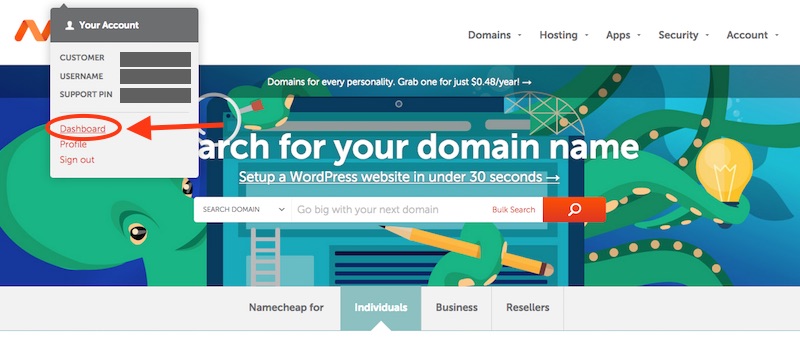
Scroll down and change your nameservers to the HostGator nameservers. Do note that your nameservers are provided in the earlier email from HostGator; the ones in the screenshot below are for demonstration purpose only! Click on the green tick button once done. After about 48 hours, your domain will point to the HostGator servers.
4. Install WordPress.org
Now that you have your own domain name (registered via namecheap.com) and host (HostGator), you need a platform to build your travel blog. This is known as the Content Management System (CMS). The CMS is a platform for you to design your site, write your blog posts, and basically handle all aspects of website building.
I have been using WordPress.org as my CMS since the beginning of my blogging journey, and it is an awesome platform. It has tons of useful features and is extremely user-friendly.
Login to your Control Panel Account (login details are provided in the HostGator email). Scroll to the SPECIAL OFFERS section and click on “WordPress Installer”.
Choose your domain name from the dropdown list and click on “Next”.
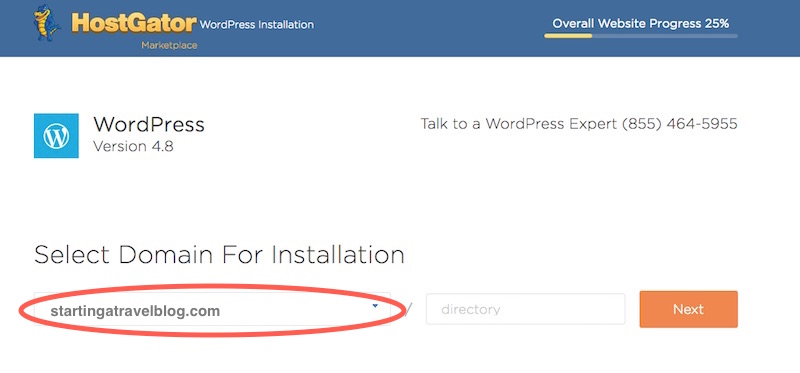
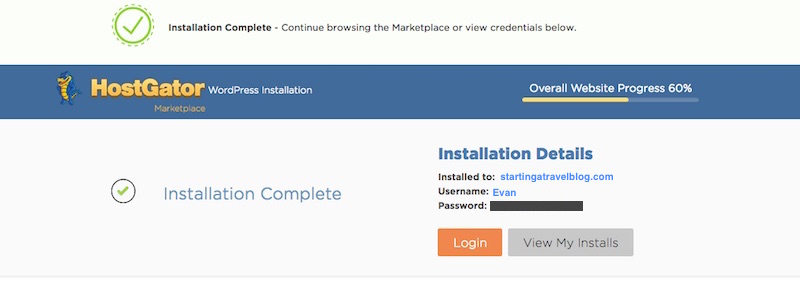
5. Set up Basic WordPress Functions
Once your domain name is done pointing to the HostGator servers, you should be able to login to your WordPress.org CMS at yourdomainname/wp-admin. When you first login to WordPress, you will see a screen similar to the below. WordPress will guide you through the basic setup of your website, such as indicating your site title, building a “Contact Us” page, connecting to Jetpack (more on that later), and customizing your site’s design.
Below, I have also given further instructions on how to build your site. Firstly, click on “Themes” under Appearance. The “theme” is essentially the design of your website.
Click on “WordPress.org Themes”
Over here, you will find many free WordPress themes for your selection. I feel that these themes are good enough for anyone just starting a blog, and you do not need to spend money to purchase other “premium themes”. Most of the free themes look very elegant and professional. If you wish, you can customize the free WordPress theme using CSS and PHP. EatandTravelwithus.com is using a heavily modified WordPress free theme.
For this guide, I will use the Twenty Seventeen WordPress theme, which is a responsive theme. “Responsive” means that the theme can cater to mobile or desktop screen sizes. This is important because many people surf the web using their mobile phones nowadays and it is critical for your site to be mobile-friendly.
Next, you can change the header image of your website. Click on “Header” under Appearance.
In the next screen, you can choose to add a header video or a header image. We will be adding a header image. Click on “Add new image”.
Select and upload your image.
Once you are done with cropping the image, click on “Save & Publish”. And you have added your new header image successfully!
Even the simplest website will need at least a “Contact” page and a “About” page. Click on “Add New” under Pages on the side bar. This is where you can add pages for your website.
Once you have created your pages, you will need to create a menu bar. On the side menu, click on “Menus” under Appearance. Type in your menu name, then click on “Create Menu”.
Select your pages, and then click “Add to Menu”.
Click on “Save Menu”
After saving the menu, click on “Manage Locations”
For the “Top Menu” field, select the menu you have just created earlier from the dropdown. Click on “Save Changes”, and you are done!
Your site should now look something like the below!
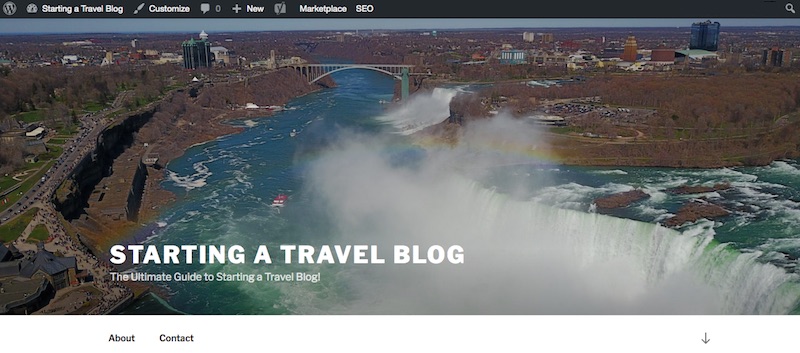
Last but not least, it is very important to install plugins in WordPress.org. A “plugin” is an additional software that can be installed in WordPress to add functionality to your website. Different plugins can improve your site’s speed, SEO performance, protect it from spam comments, etc. Click on “Add New” under Plugins on the side bar.
After that, search for the various plugins that you want to install.
Below are some useful plugins that I personally use.
Akismet Anti-Spam – This is a very important plugin that helps me to block almost 1,000 spam comments every month.
WP Rocket – This powerful plugin helps to increase my website’s page speed, thereby greatly improving user experience and SEO. I highly recommend using this plugin.
All In One SEO Pack – As the name suggests, this helps me to manage various settings of my website to optimize SEO performance. You can refer to this useful guide for the All in One SEO plugin optimal settings.
Google XML Sitemaps – This plugin lists down a directory of my website’s urls so that search engines can crawl my site more easily.
MailMunch – Grow Your Email List – I use this plugin to build and manage my email subscribers list. While email may not seem important as other social media platforms nowadays, I believe that it is still a significant marketing tool.
Jetpack by WordPress.com – You should also connect to Jetpack if you haven’t already done so during the initial guided setup. Jetpack lets you use features normally only available to WordPress.com users. It also helps to optimize your website in various other ways. I mainly use it to monitor my blog’s traffic statistics.
6. Set up Google Analytics
Apart from WordPress.com, I also use Google Analytics to analyze my site traffic. It is pretty easy to set this up. First, go to the Google Analytics website and click on “SIGN IN”, followed by “Analytics”.
You will need to sign in using your Gmail account.
Once you have logged in, click on “Sign up”
Enter in the relevant details of your website:
Scroll down and click on “Get Tracking ID”.
You will need to accept Google’s Terms of Service.
In the next screen, you will see your Google Analytics “Tracking ID”. Highlight this reference, right click, and copy it.
Now, you need to go back to WordPress.org. Install the “All in One SEO” plugin, and click on the “All in One SEO” option on the side bar.
Scroll down to “Google Analytics ID” under Google Settings and paste in your Google Analytics Tracking ID.
After a few hours, you will be able to start tracking your site’s statistics in Google Analytics.
7. Make Money with Your Travel Blog
There are many ways to generate income with a travel blog, and below are the methods I personally use. When you first start your blog, you will not see any significant income because you will have very little site traffic. However, as your blog grows in popularity and gets ranked higher in search engines, you will start to see more success. I started this blog four years ago but only started to generate a decent income from it recently. Therefore, the key is to be patient and focus on building a good website.
1. Google Adsense
This is probably the most popular way of earning income online. Basically, you put Google Advertisements on your website, and you earn revenue based on how many people see or click the advertisements. The higher your site traffic, the more you earn. You need to have a significant amount of site traffic (1000 daily visitors or more) before you can start earning a decent daily income. How you place the advertisements is very important too – there are many websites that will show you the best positions to place your ads.
Note that you need to have your own host (for example HostGator) before you can place the Google Ads. If you are using a free blog hosting service such as WordPress.com, you will not be allowed to insert the Google advertisement codes.
However, it is quite difficult to get accepted into the Google Adsense program. After you submit your admission request, Google bots will “check” your site to see if it meets their stringent criteria. I got rejected three times before getting accepted. I had to make various changes to my site before it was deemed to be compliant with Google Adsense standards. You can click here to apply for Google Adsense.
2. Klook
This is a website that offers travel activities and services deals across the world, though currently there are more deals for Asia. One reason why this website has gotten so popular recently is because many of their deals are a lot cheaper than the official sites. In fact, I got to know about this website because I booked my Hong Kong Disneyland tickets through it after realising that it was HKD 85 cheaper than the official site!
You can check out this article to see how I incorporate the Klook affiliate link inside through deep linking. “Deep linking” simply refers to a hyperlink that links to a specific website, instead of a banner or something else. You will know what I mean after you check out the aforementioned article. Click here to apply for the Klook affiliate programme.
3. TripAdvisor Travel Affiliate Program
TripAdvisor is a very useful travel site that lets you book hotels and compare hotel prices. It also provides many unbiased reviews of hotels, travel destinations, and restaurants. The site recently revamped its site design, and now it has a very clean and user-friendly interface.
When someone visits TripAdvisor through the affiliate link in your blog and click on deals of third-party booking sites, you will earn a commission. For example, let’s say I have an affiliate link in my article pointing to a TripAdvisor listing of hotels in Berlin, and someone clicks on this link to reach the TripAdvisor site. At this point, I still do not earn any commission. However, if the person clicks on a Berlin hotel Booking.com deal inside TripAdvisor and gets directed to the Booking.com site, I will get paid a small commission.
I will use the TripAdvisor link when I want my readers to get a rough idea of the hotels in a particular area. For example, in my article on where to stay in Seoul, I have a TripAdvisor affiliate link pointing to a listing of hotels in Seoul. This is useful for my readers because they will see lots of unbiased reviews of hotels in Seoul, which can help them decide which hotel to stay at. Also, TripAdvisor compares prices of hotels across various booking sites, so that my readers can book their hotels at the lowest price. Personally, I find that the commission rate is quite good, and I earn a decent daily amount through this program. You can join the TripAdvisor affiliate program here.
4. Booking.com’s Affiliate Partner Program
Booking.com is a popular site that lets you book hotels. The affiliate program is quite straightforward: every time someone makes a hotel booking through the affiliate link on your travel blog, you get paid a commission.
I like referring my readers to Booking.com because it has a very user-friendly interface. I also like the filter function whereby you can filter the hotels by property class (4 star, 5 star, etc), popular options, property type, specific neighbourhoods (this is very useful), review scores, facilities, etc. This allows my readers to home in on the exact type of hotel they am looking for. It has a very good commission structure and is considered to be of the best hotel booking affiliate programs. However, unlike Google Adsense or TripAdvisor, I do not earn money from this program on a daily basis. This is because I do not earn commission from clicks – I only get paid when someone makes an actual hotel booking. You can click here to apply for the Booking.com affiliate program.
5. Airbnb Referral Program
Airbnb is a website that lets you rent non-hotel accommodations for your holidays. The affiliate program works this way: if someone signs up for an Airbnb account through your affiliate link, that person will get $45 Airbnb travel credits. After he makes a Airbnb booking, you will get $25 Airbnb travel credits. The maximum travel credits that you can earn is $5000. Do take note that even though the credits expire after one year, you can still use them for a booking beyond one year, as long as you book your accommodation before the expiry date. For example, if your credits expire in March 2017, and you book an accommodation for June 2017 before March, you are still eligible to use the credits.
You can see an example of how I use the Airbnb affiliate link in this article where I review an Airbnb in Seoul. Personally, I find this to be a very good affiliate program because I have earned an ample amount of travel credits from it. I figure this is because most people are eager to earn the $45 travel credits. You can get your Airbnb affiliate link by clicking on the “Invite people to earn more” link on the top right hand side of your Airbnb account page.
6. Namecheap Affiliate Program
As mentioned above, Namecheap is a domain registration site. From my research, it has the lowest registration fee online. The commission structure is quite straightforward – you earn 15% commission every time someone registers their domain through your affiliate link.
You can see that I have included my Namecheap affiliate link above in step one. I like referring people to Namecheap because it helps them to save a lot of money; other domain registration sites have significantly more expensive fees. I registered all my domains through Namecheap as well. Join the Namecheap affiliate program here.
7. HostGator Web Hosting Affiliate Program
If you have gone through my guide above, you will know that HostGator is a web hosting provider. This affiliate program is extremely popular because of its high commission. For every 1 to 5 signups (per month) through your affiliate link, you will get USD50 per signup. The commission increases if you refer more signups – for 21 or more signups you will get USD125 per signup.
I have included my HostGator affiliate link in step two above. This is the best commission structure I have come across for any affiliate program. Also, I am happy to refer people to sign up with HostGator. This is because I have been using it since I started blogging four years ago, and it has not given me any problems before. You can join the HostGator affiliate program here.
8. Amazon.com Associates
Last but not least, Amazon is an online shopping site. You earn a small commission whenever people buy things through your Amazon affiliate link. The commission rates improve as you sell more products.
I am personally using some travel products from Amazon, and I recommended them in this travel accessories article. Personally, I haven’t had much success with this affiliate program because I haven’t really focused on it. Also, the commission rates are quite low. You can join the Amazon affiliate program here.
8. Create Valuable Content!
Congratulations! You now have a fully-functioning website. I am so proud of you for making it all the way to this point. Give yourself a well-deserved pat on the back.
The last and most important task is to create valuable content for your readers. I would like to give you my two cents on this.
Firstly, remember that practice makes perfect! The more you write, the better you will get at it. And the better you get, the more passionate you will become about blogging. When I first started this blog, I took a long time to complete even one short blog post. However, I persevered at it and now I am a lot more efficient in publishing articles.
Secondly, always focus on creating value for your readers. This is my North Star whenever I feel lost about the direction of my blog – I remind myself that as long as I am creating value for people, I must be moving in the right direction. For example, if I am writing about how to get to a particular tourist destination, I try my best to give instructions that are as clear as possible. Or if I am promoting a service or product, I always make sure that I have personally tried the product and found it to be useful BEFORE recommending it on the blog. Many people are always trying to find out how to increase traffic for their websites, but I believe that if you focus on creating value, your website will naturally grow in popularity.
Thirdly, if you are starting a blog with your partner (like me and Raevian), find out what you are good at, and specialise in that area for your site. For example, Raevian is really good at taking pretty photos of food and places, while I am responsible for most of the writing and technical aspects of the blog.
Last but not least, never stop learning! This article is simply the tip of the iceberg. There are many other things to learn about blogging. I will be the first to admit that there are still tons of stuff I do not know. After completing the steps in this article, you can start learning about SEO, child theme customisation, HTML, CSS, PHP, Javascript, SQL, JSON, WordPress plugins, picture editing, video editing, social media marketing, Google Analytics, Facebook Analytics.. and the list goes on.
Our Blogging Journey
Congratulations for making it through the entire article!
In 2013, I decided to start a travel blog with Raevian, my girlfriend at that time and now my wife. I’m happy to say that it has turned out to be one of the best decisions of my life.
Before starting this travel blog, I enjoyed traveling, but not as much as Raevian. She has a wanderlust spirit and is constantly thinking about exploring new places in the world. And so her favourite line to get me to acquiesce to traveling more often was: “Darling, I just want to create memories and leave our footprints in as many different countries as possible.”
And if I still didn’t capitulate, this gentle request would gradually transfigure into an ultimatum with serious consequences if I didn’t comply. And inevitably, we would start planning the trip to her desired location.
But as we “left our footprints” in more countries, I began to understand the allure of travel. It was a form of therapy, allowing me to unclog my mind and think about life more clearly. Whether it was immersing myself in the culture of a foreign city, staring at vast beautiful landscapes, or scaling a seaside cliff, it always felt like I was feeding my soul during our travels.
Therefore, Raevian and I decided to start this travel blog because we wanted people to experience the same joy that we get from traveling. We get a lot of satisfaction from providing useful food and travel tips to our readers. It has been a gratifying journey and we look forward to working on EatandTravelwithus.com for many more years to come.
I hope that this eight-step guide will help you to discover the same joy that we get from our blog. If you follow the eight steps properly, you will definitely be able to start your very own travel blog and make money from it. All the best with your blogging journey, I am sure it will be a fun and fruitful experience!

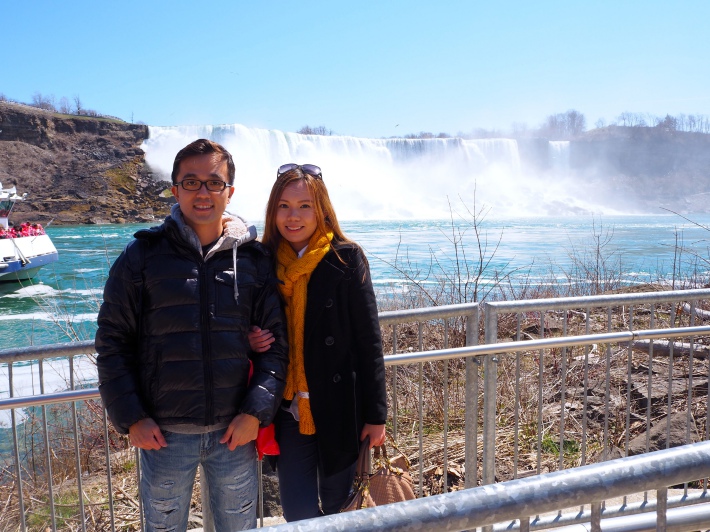
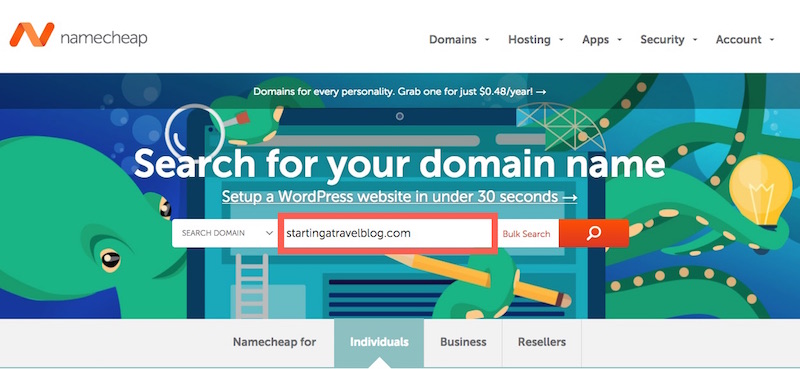
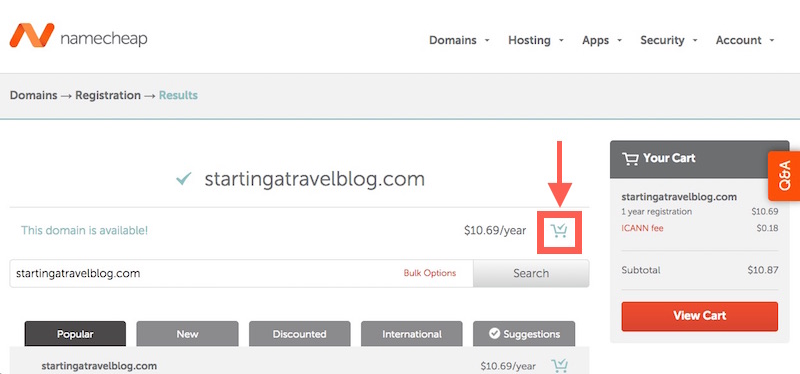
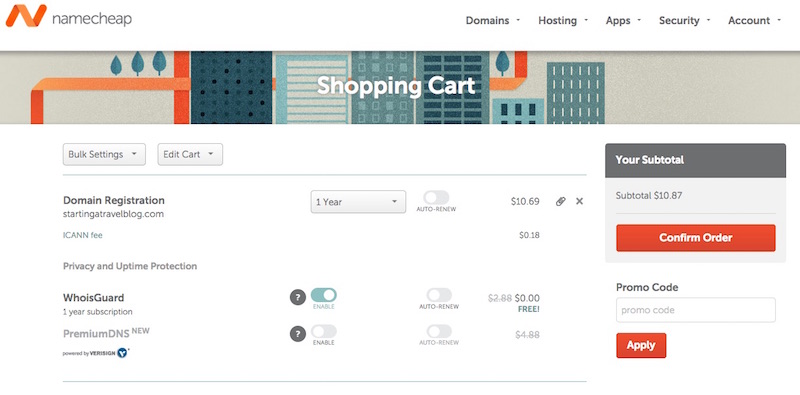
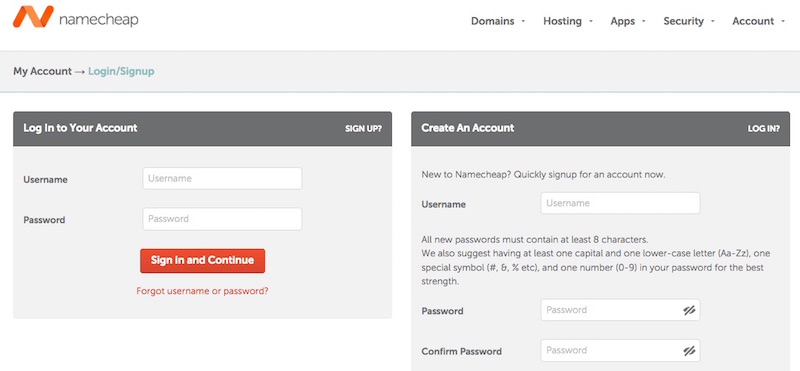
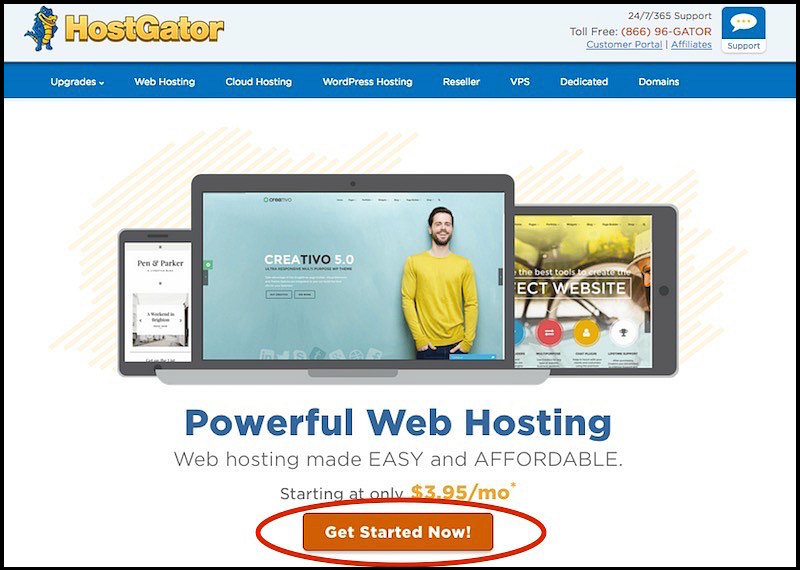
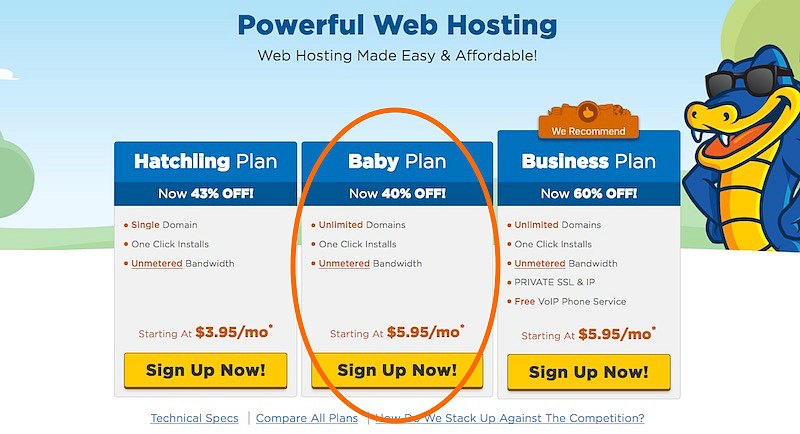
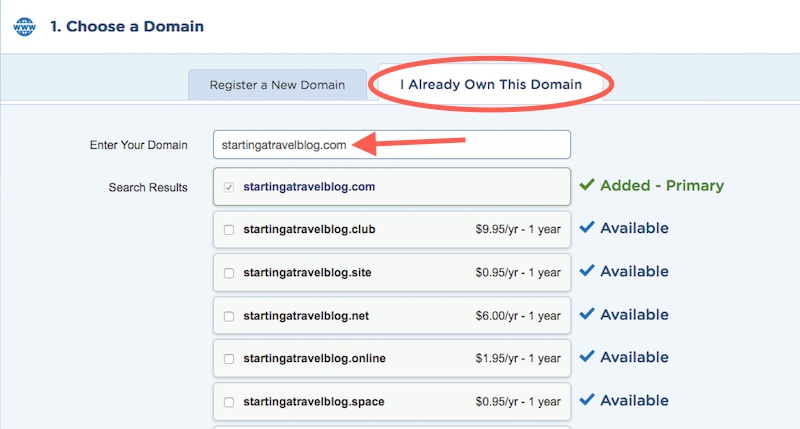
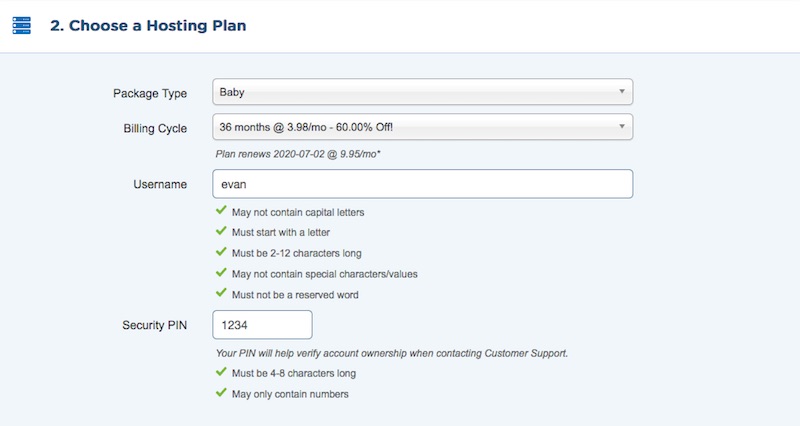
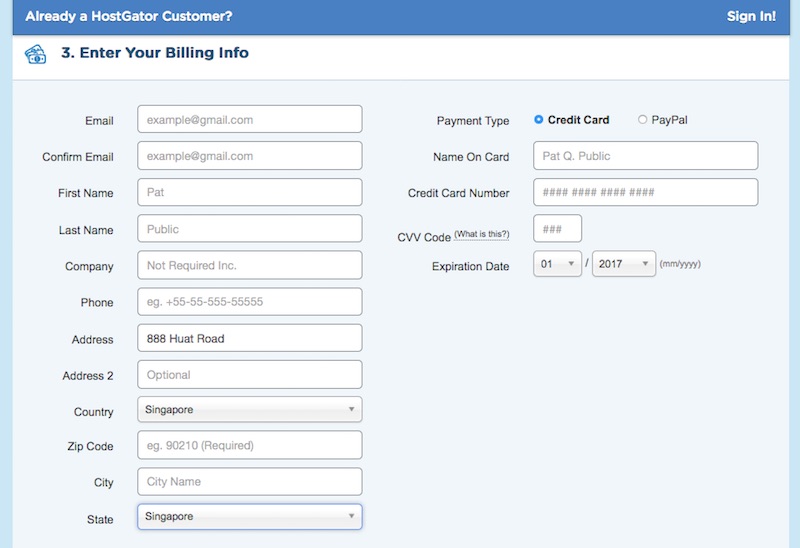
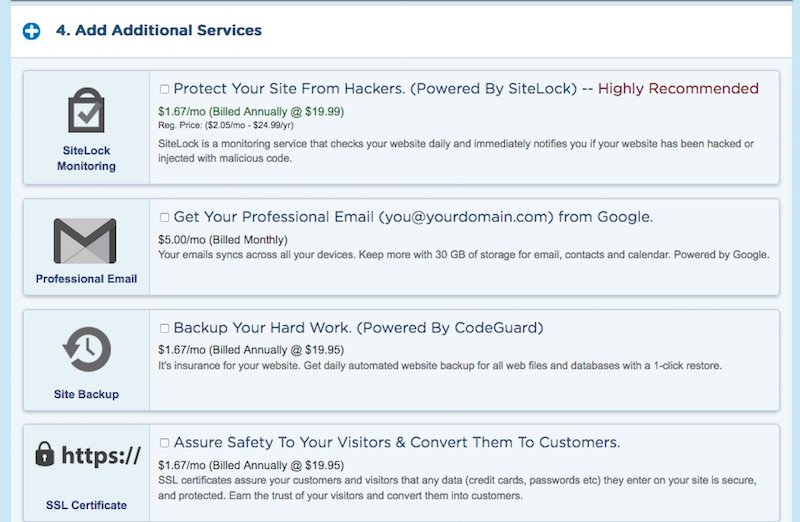
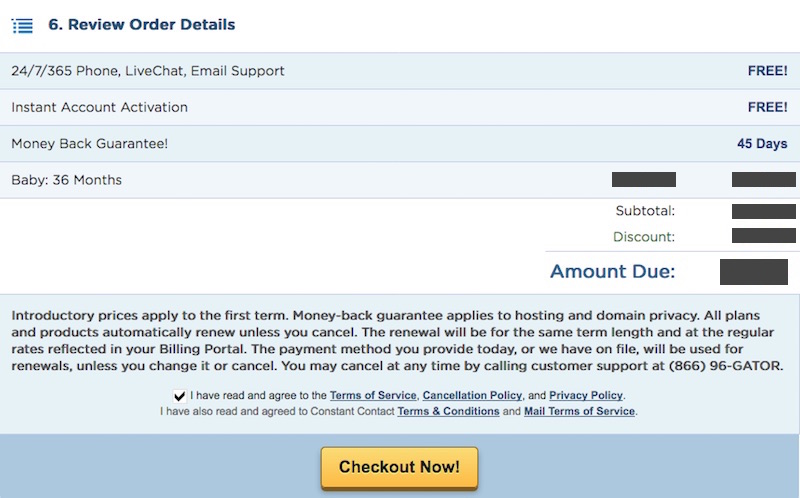

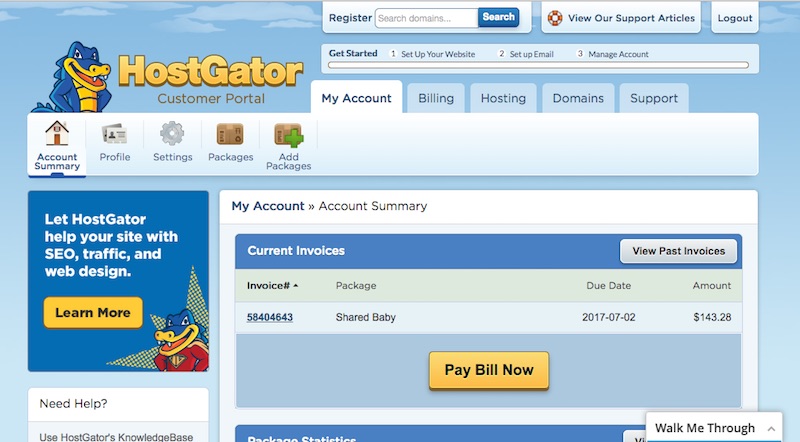
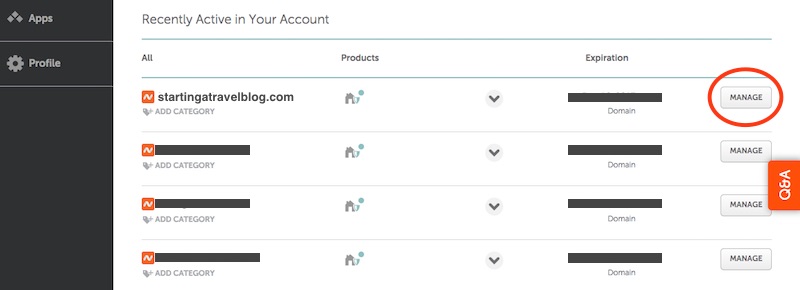
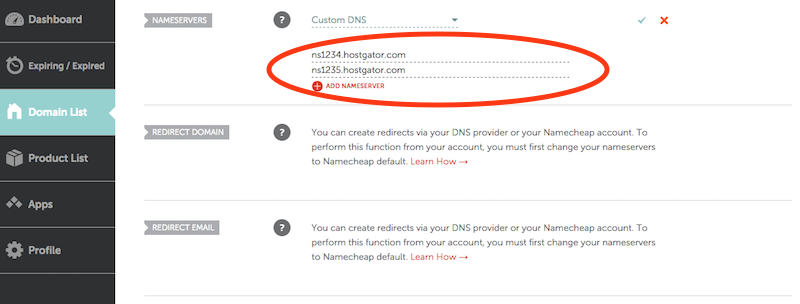
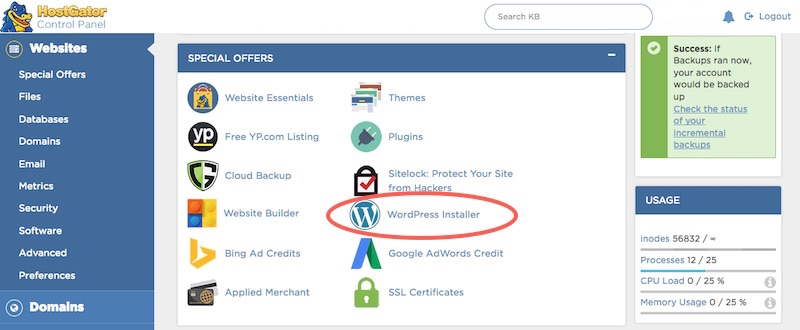
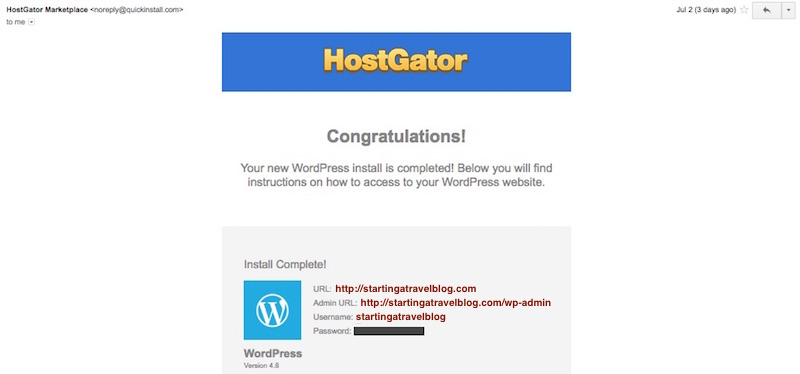
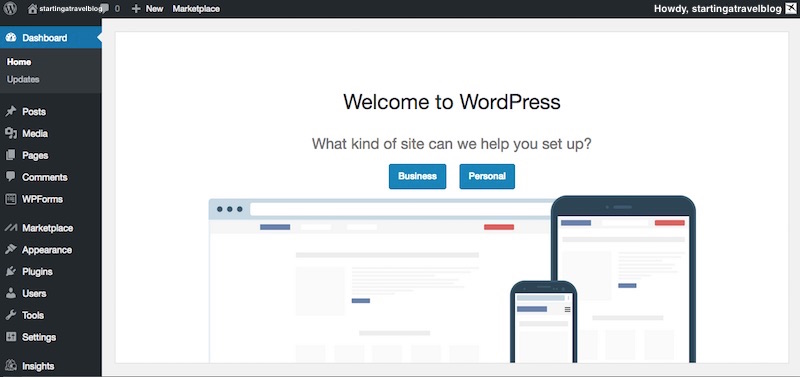
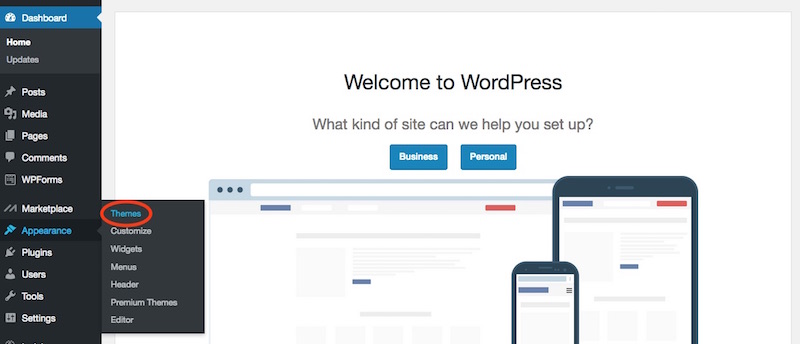
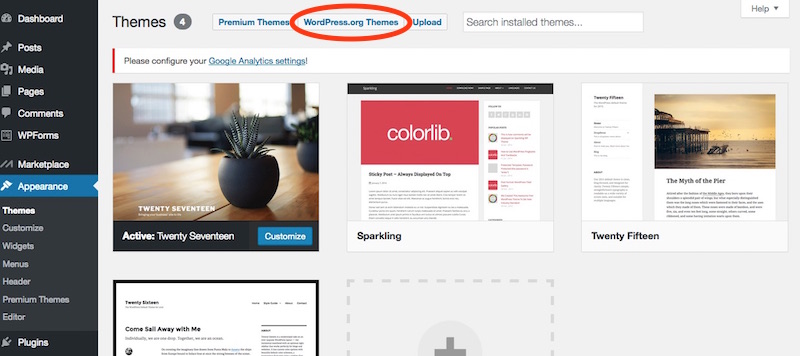
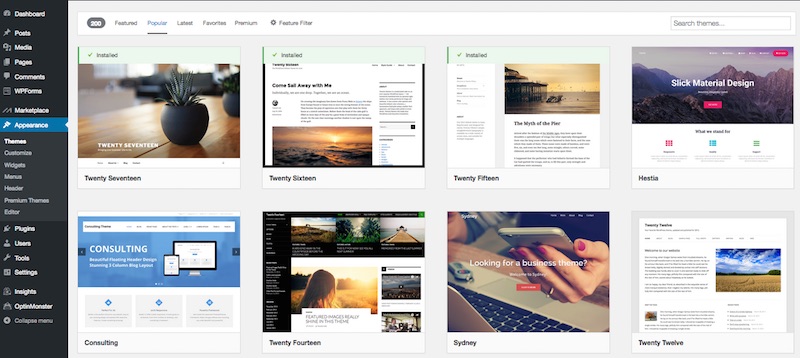
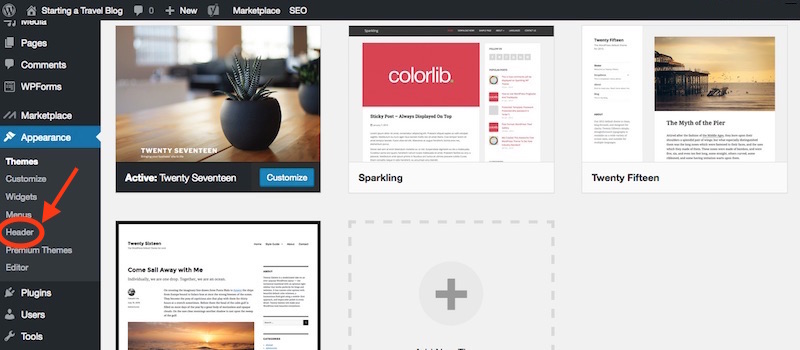
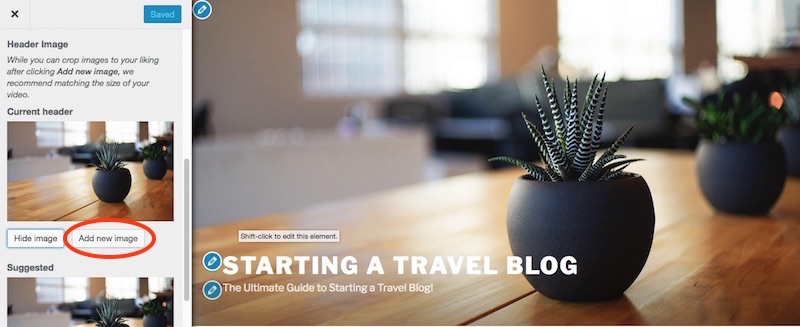
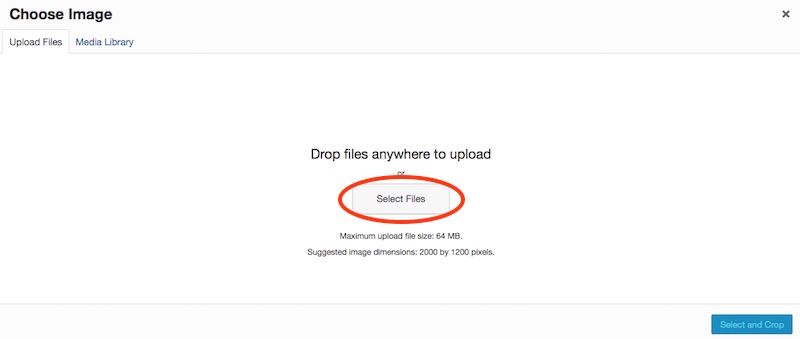
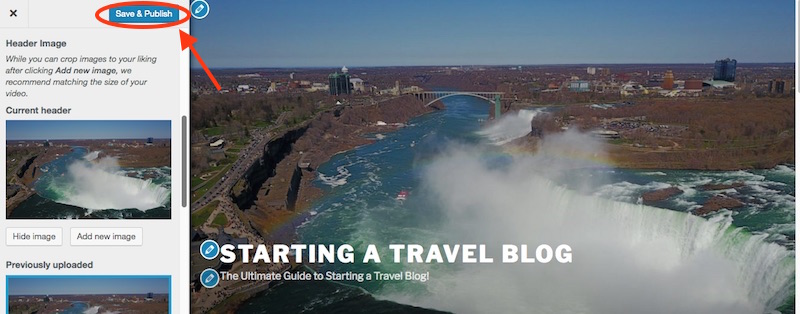
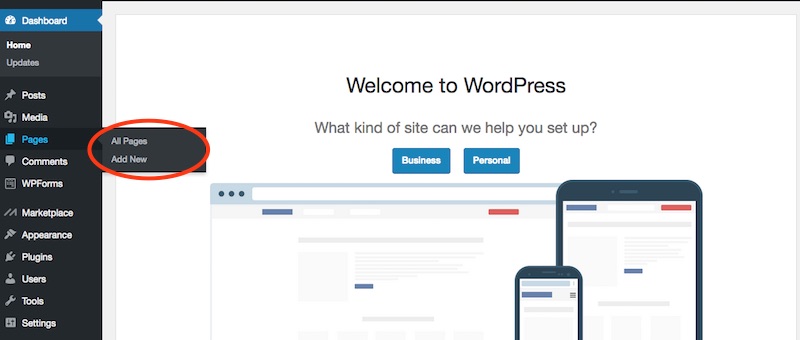
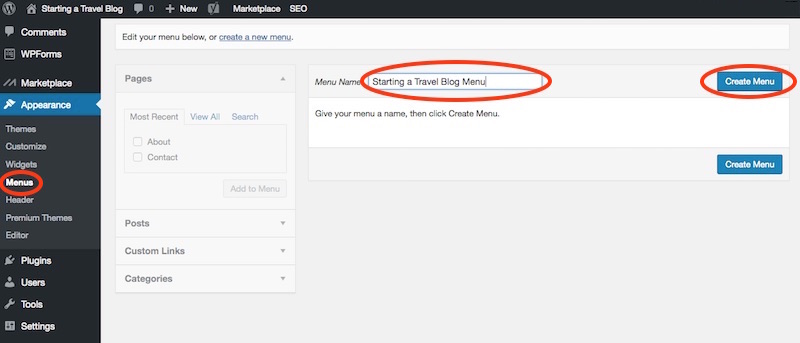
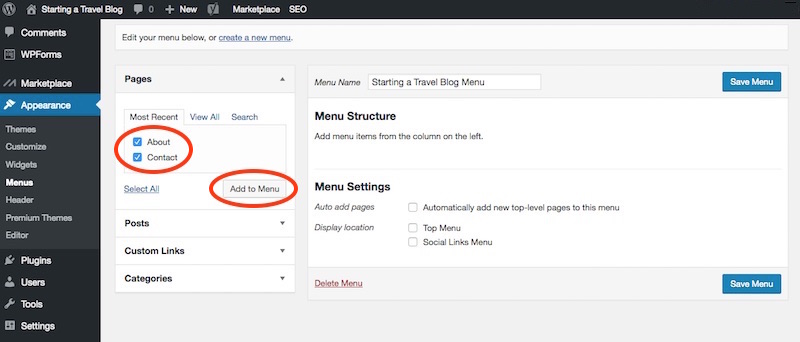
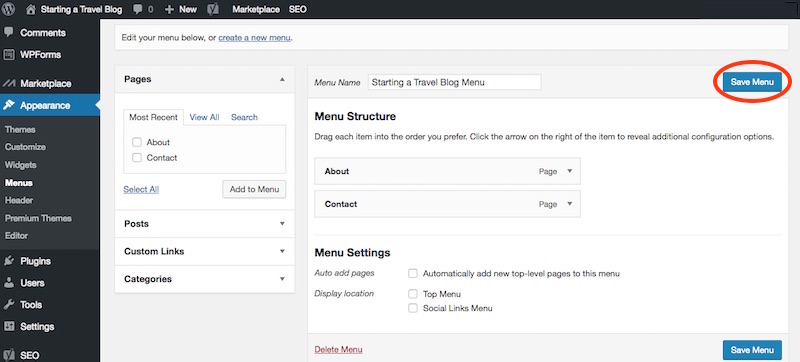
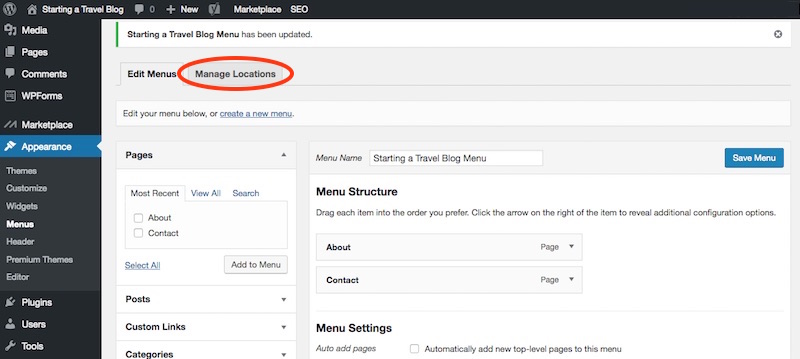
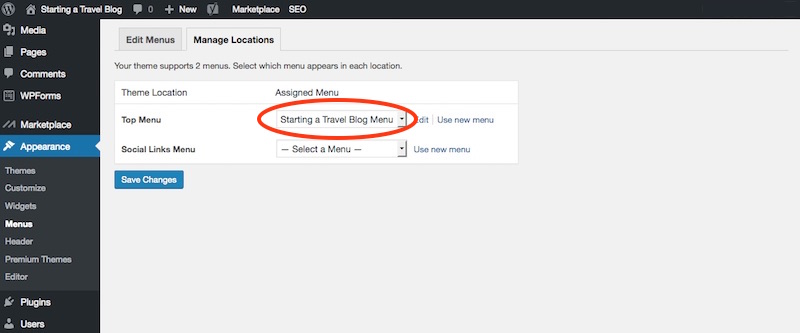
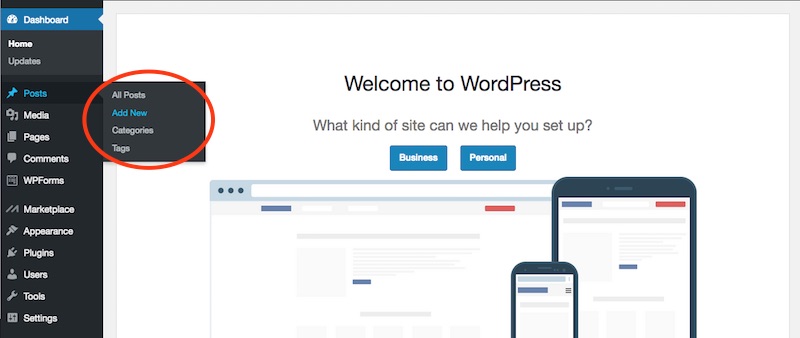
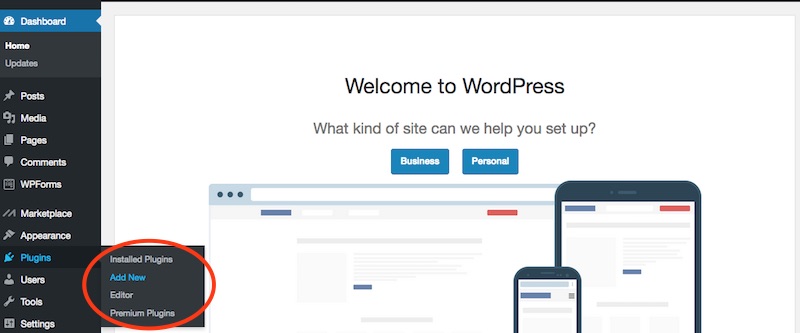
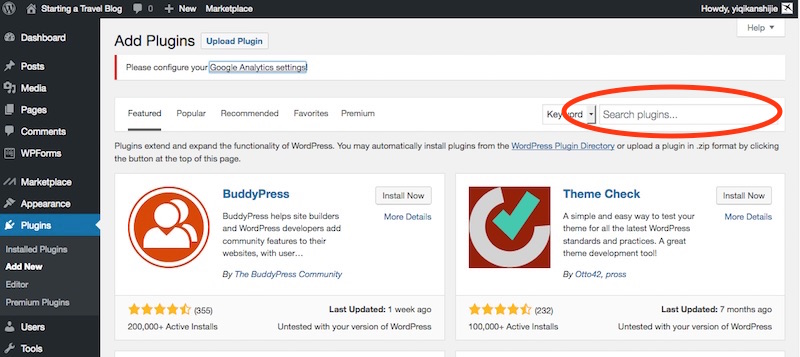
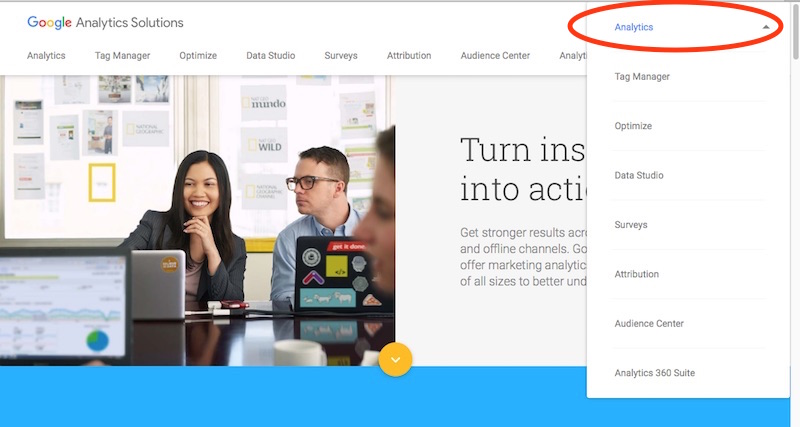
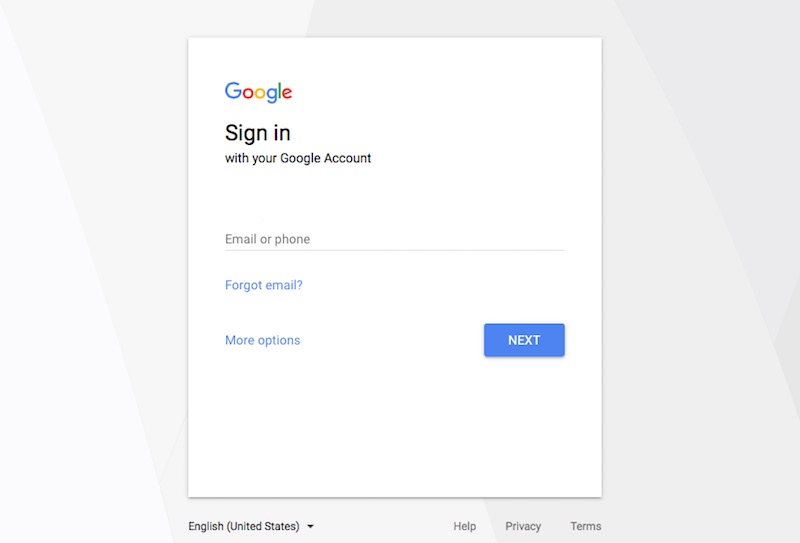
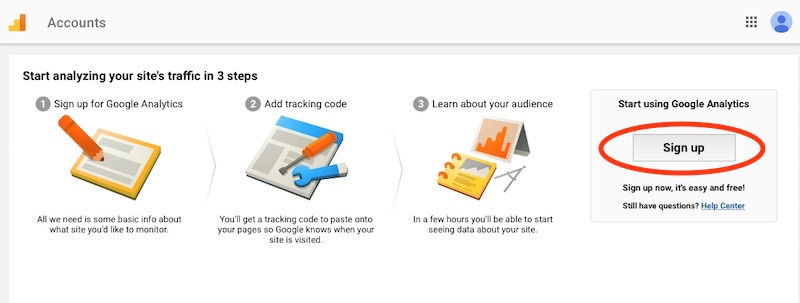
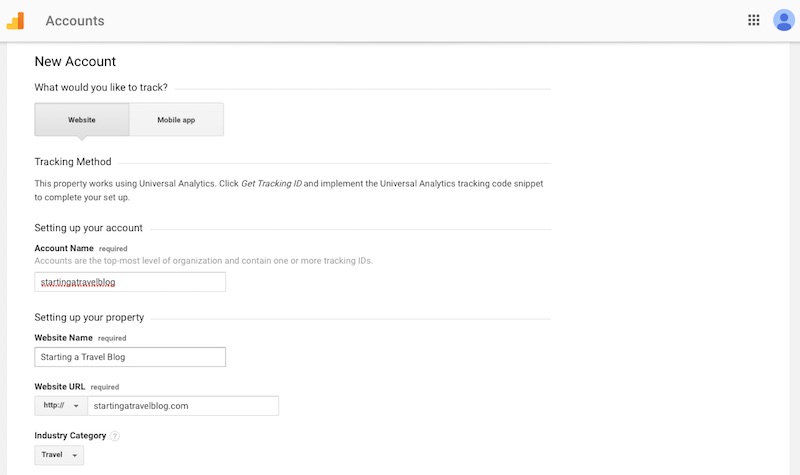
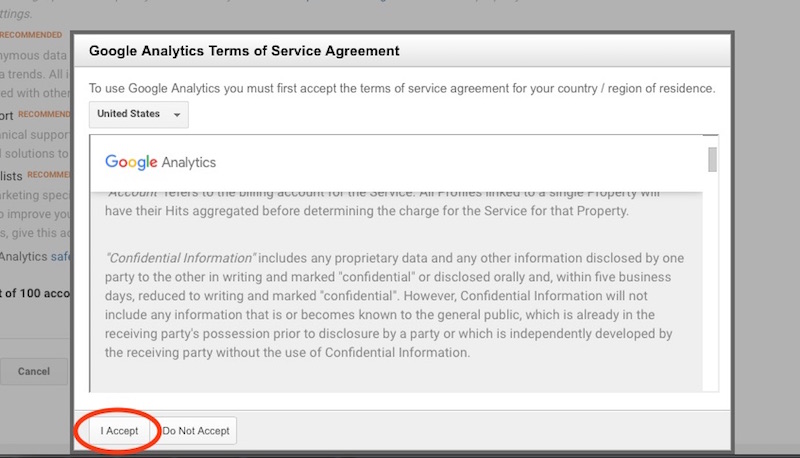
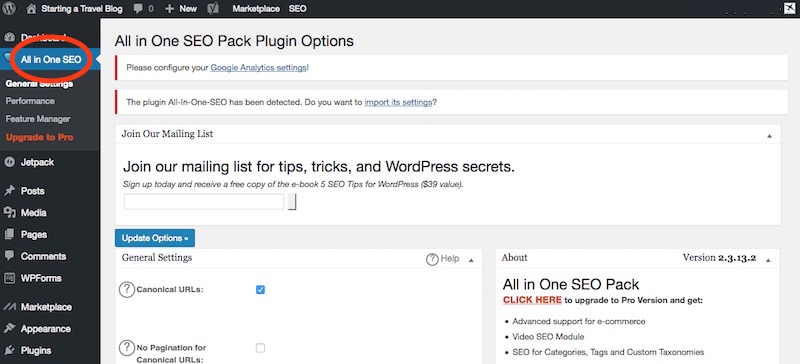
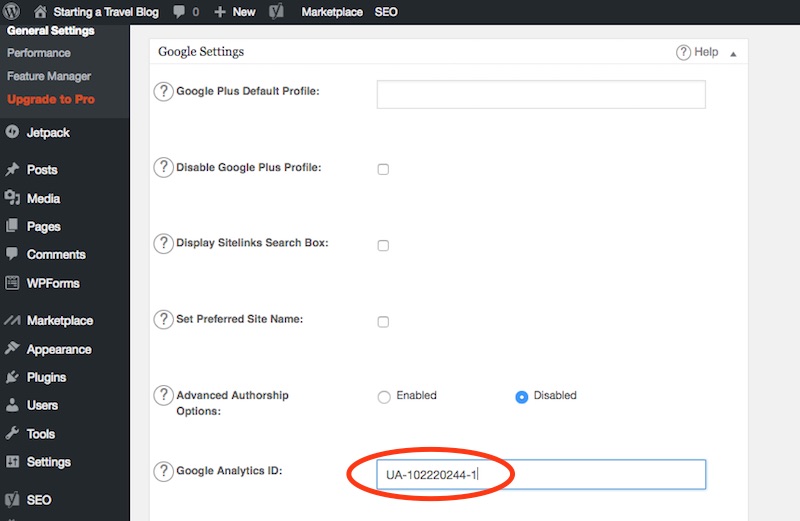
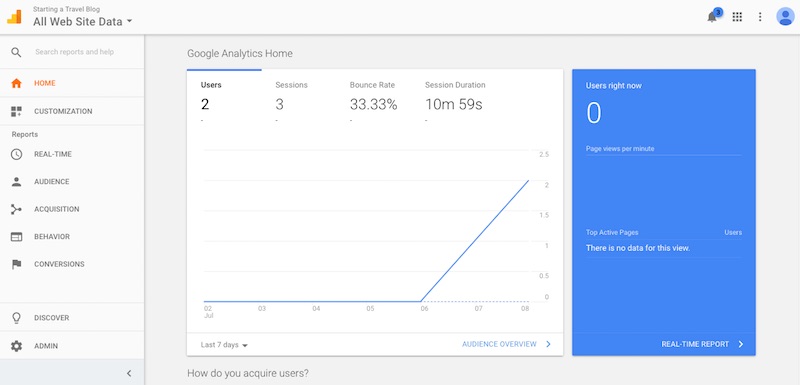

No comments yet